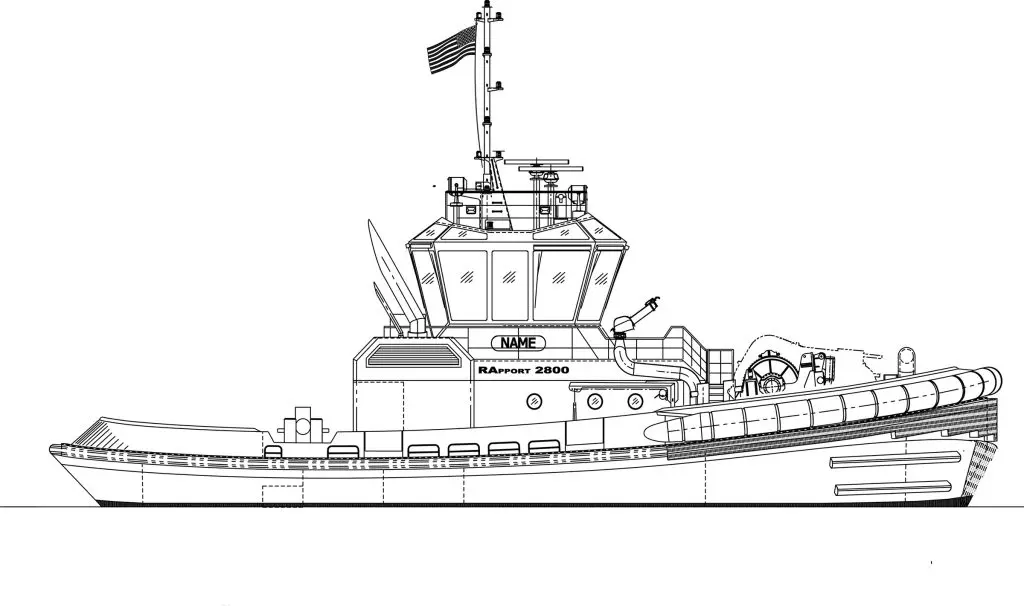This story requires a subscription
This includes a single user license.
Two RApport 2800 tugs will be constructed by Master Boat Builders in Coden, Alabama, and two by Sterling Shipyard in Port Neches, Texas.
Gulf LNG Tugs of Port Arthur is a joint venture formed by Bay-Houston Towing, Moran Towing, and Suderman & Young Towing.
This marks the fifth LNG terminal along the Gulf Coast for the Gulf LNG Tugs group, the largest provider of LNG terminal services in North America, the JV said.
The JV did not provide the price tag of the deal.
The RApport 2800 tugs, designed by naval architect Robert Allan, feature a compact design providing increased maneuverability in ship handling and escorting through waterways while including the latest in environmental and safety technologies.
Also, the tugs will feature EPA Tier-4 emission standard Caterpillar 3516 E main propulsion engines connected to Kongsberg US-255 FP-Z drives.

Additionally, the tugboats will be outfitted with a Markey DESF-48-100 Electric Class III hawser winch to ensure optimal performance, including a Render-Recover feature for full bollard pull capacity, a feature that furthers escort capabilities.
With an overall length of 92 feet (28 meters) and a beam of 40 feet, the tugs will have a bollard pull capacity of more than 85 metric tonnes.
Port Arthur LNG
In March last year, Sempra Infrastructure, a unit of Sempra, took a final investment decision for the first phase of its Port Arthur LNG export project worth about $13 billion.
The first phase of the project is fully subscribed with 10.5 mtpa under binding long-term agreements.
Sempra Infrastructure entered into long-term agreements with each of ConocoPhillips, Ineos, Engie, RWE, and PKN Orlen.
Besides a 20-year LNG SPA for 5 mtpa of LNG, US energy giant ConocoPhillips is a shareholder in the project with a 30 percent stake.
Last year, Sempra Infrastructure also completed the sale of a 42 percent non-controlling interest in its Port Arthur LNG Phase 1 project to compatriot private equity firm KKR.
Sempra Infrastructure has a controlling 28 percent indirect interest in Phase 1 at the project level.
Besides the first phase, Sempra Infrastructure is also working on the second Porth Arthur LNG phase.
In September last year, Sempra Infrastructure won approval from the US FERC for the proposed Phase 2 project, that includes the addition of two liquefaction trains capable of producing up to 13 mtpa of LNG.
The development of the proposed project would increase the total liquefaction capacity of the facility from some 13 mtpa to about 26 mtpa.
The US Department of Energy still needs to approve Sempra Infrastructure’s non-FTA application for the project.

